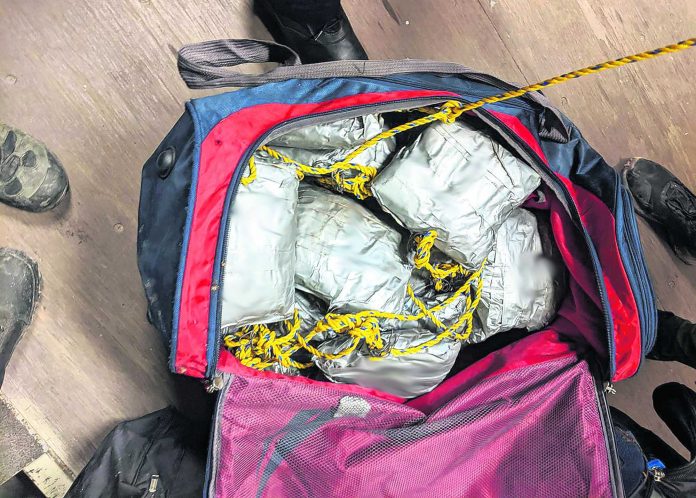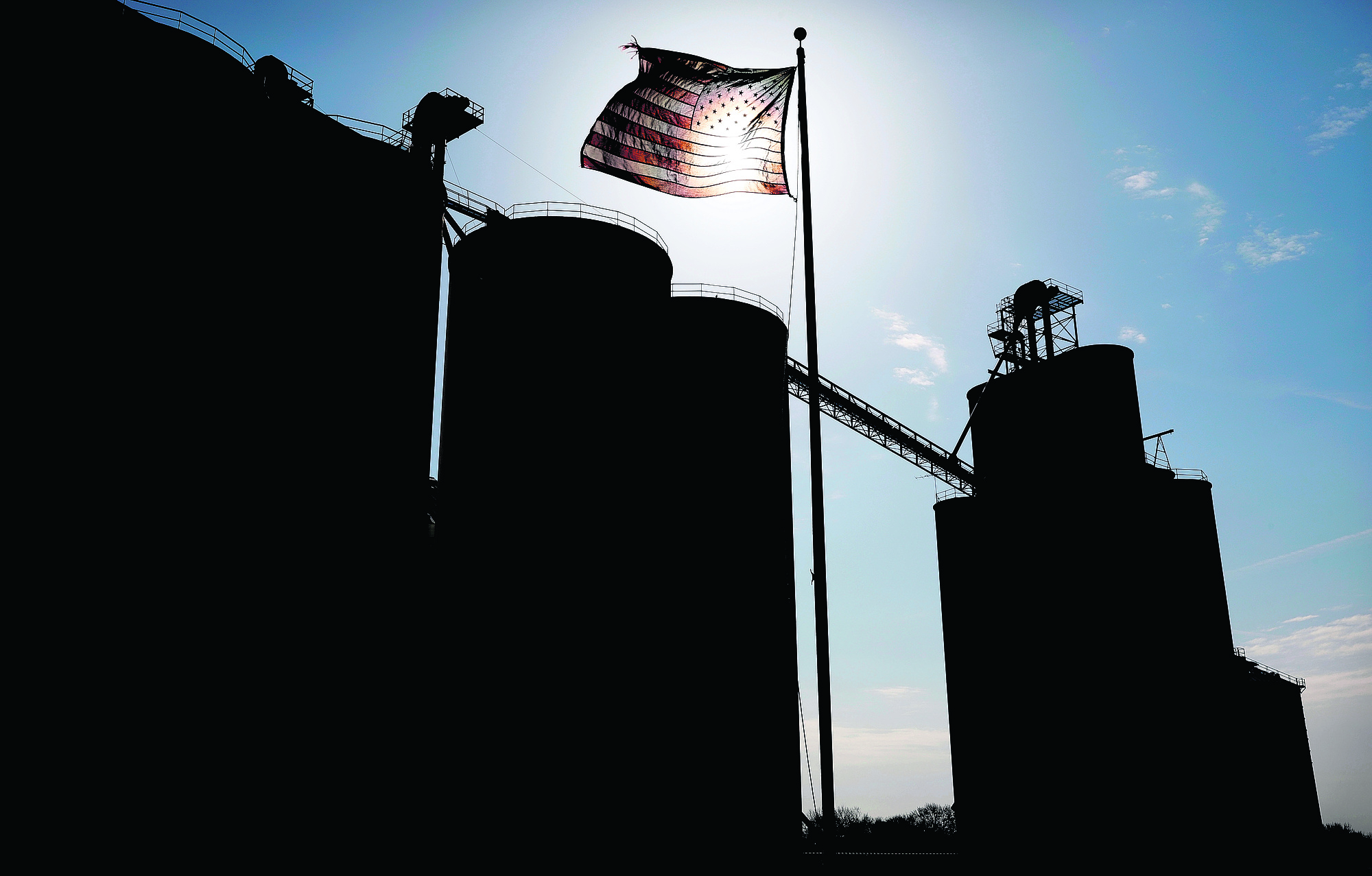Mexican authorities say seizures of the synthetic opioid fentanyl so far this year are 465% higher than in 2019, rising to almost 2,300 pounds (1,040 kilograms) from around 405 pounds ( 184 kilograms) last year, but progress against another big Mexican export to the U.S. market — methamphetamines — is slower.
The Defense Department said seizures of meth in Mexico rose by only 32.8% between Jan. 1 and Sept. 16, but busts of meth labs dropped 51% compared to the same period of last year.
In a similar pattern, Mexico’s seizures of cocaine rose by 46%, but seizures of key transport methods like boats and clandestine landing strips were down by 64% and 79%, respectively.
Experts say increased security and reduced traffic due to the coronavirus pandemic may have made shipments drugs easier to detect at the border, and partial border closures have sometimes led traffickers to abandon shipments before they even cross into the United States.
But the administration of President Donald Trump said earlier this week that the United States remains concerned about Mexican cartels’ drug production and trafficking capacity, and that Mexico must do more.
“Mexico remains the source of nearly all heroin and methamphetamine seized in the United States, and a transit route for most of the cocaine available in our country,” the administration said in an annual report released this week. “Moreover, Mexican cartels take advantage of uneven precursor chemical controls in Mexico to manufacture deadly drugs, such as fentanyl, inside Mexico and smuggle them into the United States. Mexican drug interdictions remain far too low in the face of these critical drug threats.”
Mexican Defense Secretary Luis Cresencio Sandoval said Mexican traffickers import fentanyl from China and India and press it into ubiquitous blue tablets, and repeated Mexico’s claim that there was “no evidence” that there were any labs producing the opioid in Mexico. However, he may have been referring to production of the drug from scratch; there is evidence that Mexican cartels import close precursor chemicals and perform the final stages of processing.
“Fentanyl is not produced here in our country,” Cresencio Sandoval said. “It is put together here, the product, the raw material, the powder arrives, and pills are made from it here, but fentanyl is not produced.” He said that labs found in the northern state of Sinaloa last year had only pills presses and finished fentanyl powder, but not chemical production facilities.
That claim has been a sore point with the U.S. government.
“The Mexican government should acknowledge the alarming trend of fentanyl production inside its territory,” according to the U.S. Presidential Determination on Major Drug Transit or Major Illicit Drug Producing Countries. “It must prioritize law enforcement action targeting cartel production and trafficking of fentanyl — the leading substance involved in drug overdose deaths in the United States — and strengthen efforts targeting fentanyl precursor chemicals overwhelmingly trafficked from China, as well as fentanyl smuggling and production. ”
The U.S. report also says “More must also be done to target the (Mexican) cartels’ increasing production of methamphetamine.”
The amounts seized in Mexico are large: authorities have seized over 42,000 pounds (19,079 kilograms) of meth so far this year, which the Defense Department listed as a 32.8% increase over the 28,000 pounds (12,822 kilograms) seized in the same period last year. The increase in fact appears to be around 50%.
Cocaine seizures in Mexico rose by around the same amount, hitting 44,000 pounds (20,069 kilograms) so far this year, as compared to 30,000 pounds (13,766 kilograms) in the same period last year.
Increasingly, Mexico has discovered that traffickers are using multi-drug shipments, with many loads now including cocaine, meth, fetanyl pills and marijuana.
Despite hopes that lockdowns during the coronavirus pandemic might reduce Mexico’s gang-fueled violence, those expectations have been shattered as the number of homicides remains stubbornly high.
Nationwide, there were 3,051 homicides in August, about the same level as the 3,061 in July; Mexico’s homicide rate has been stuck at historically high levels of around 3,000 murders per month since mid-2018, before President Andrés Manuel López Obrador took office.




















